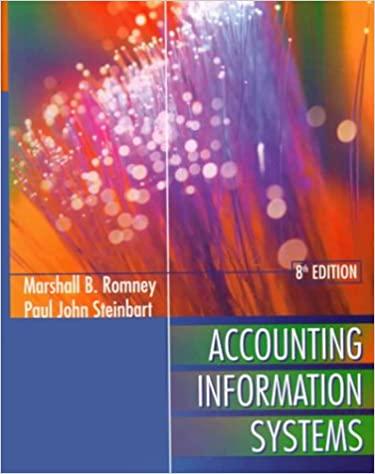At your new accounting internship at a plc in central London, you were presented with the following information on December 31", 2021 (the information itself is correct as of January 14, 2021). It is not an exhaustive list of all of the company's accounts. Debit Credit Cash 500,000 Accounts receivable 120,000 Allowance for Doubtful Accounts 3,500 Inventory 1,200 Sales Revenue 0 Sales Returns and Allowances Sales Discounts Bad Debt Expense Cost of Goods Sold During the year, in the following order, the company sold merchandise and made collections on credit terms 1/10, 1/30 (assume a unit sales price of 500 in all transactions). Inventory is accounted for using a perpetual system and costing is done using the FIFO method. 0 0 0 0 Transactions during 2021 follow: a. Purchased 500 units of Merchandise for cash, 150,000. The merchandise was put into the inventory account. The per unit inventory cost is the same as it has been in prior periods. (500 units at 300 each) b. Sold merchandise for cash, 235,000. (-470 units) c. Sold merchandise to R. Smith; invoice price, 11,500. (=23 units) d. Two days after purchase date, R. Smith returned three of the units purchased in () and received account credit. Assume the returned inventory was put back into inventory. e Purchased 500 units of Merchandise for cash. Due to supply chain issues arising from the pandemic, the price was raised to 200,000. (500 units at 400 each) f Sold merchandise to K. Miller, invoice price, 26,500. Note, due to price caps in the industry, the sales price remained at 500 per unit. (=53 units) g. R. Smith paid his account in full within the discount period. h. Collected 49,500 cash from customer sales on credit from the prior year, all within the discount periods i. After the discount period, collected 6,000 cash on an account receivable on sales in a prior year. j. Wrote off a prior year account of 3,000 after deciding that the amount is uncollectible. k. Of the remaining balance of accounts receivable, assume 90% is current and 10% is past due. In the past, 2% of current receivables are ultimately uncollectible, while 20% of past due receivables are ultimately uncollectible. Required 1. Journalise and post transactions (a)-6). 2. Using the information from (k), calculate what the bad debt expense for the year should be. 3. Suppose at the end of the period the net realisable value of inventory was (a) 350 per unit or (b) 450 per unit. Would the company need to make any adjustments under these two separate scenarios







